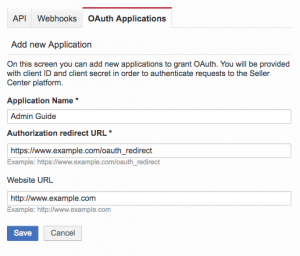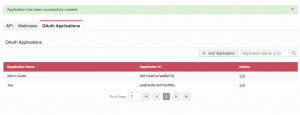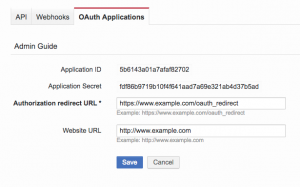3rd Party Integration: Application Authentification
Contents
Objective
The 3rd Party Integration service provides the platform to enable 3rd Party applications to integrate with Seller Center via REST API and access resources at a global level. (i.e. Access data across an entire Seller Center instance as opposed to data from a specific Seller shop) The process documented here specifies how to authenticate the applications for this service using an OAuth process.
To authenticate 3rd party applications to access Seller-specific Seller Center resources refer here.
Configuration Information
Registering an Application
Applications requiring access to the Seller Center REST API need to be registered through the OAuth interface. From there, they obtain an application ID and an “application secret.” These parameters need to be provided to the third party application in order to receive the access tokens required for authentication.
Accessing the Resources
When using the registered third party application to access the resources behind the provided API, the access permissions of the users are taken into consideration. For example, a user trying to access the account statements through the API also needs the resource to access the account statements assigned to their user account (defined in “Permission Control” by the ACL Manager).


